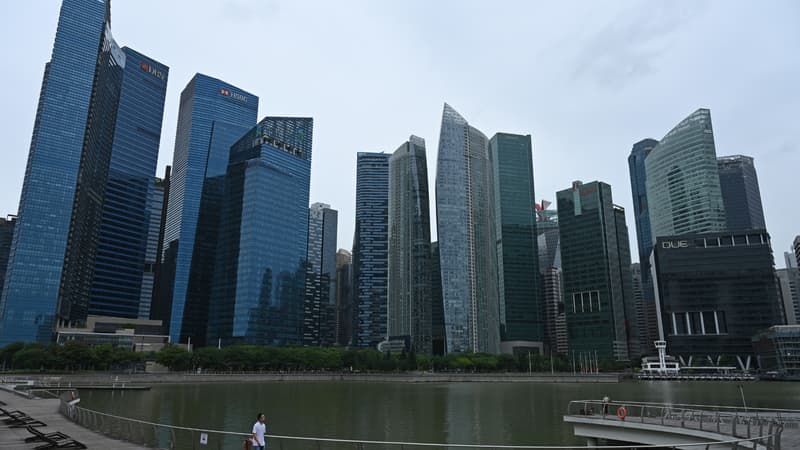This week, Australia announced plans to build the world’s “largest” solar power plant in the north of the country. It could produce enough energy to power three million homes and eventually feed Singapore via an undersea cable. It must be said that the Asian city-state has its eyes on the deserts of Australia and the rainforests of Malaysia in the hope that they will finally provide it with the clean energy it needs.
Singapore, which is heavily dependent on oil and gas imports, aims to peak carbon emissions by 2030 and become carbon neutral by 2050. Being heavily dependent on oil and gas imports, it does not have the conditions to produce wind or hydroelectric power.
Many challenges
Although Singapore hopes to produce two gigawatts of local solar power by 2030, it lacks the space to build large solar parks. Moreover, the city-state’s energy demand is only set to increase, particularly from energy-intensive data centres, which already account for 7% of national electricity consumption, and will rise to 12% by 2030.
Singapore’s energy market authority has already granted conditional approvals to import one gigawatt from Cambodia, two gigawatts from Indonesia and 1.2 gigawatts from Vietnam. These imports would be a mix of solar and wind power but also hydroelectric power, which is widespread but controversial because it is linked to deforestation.
According to think tank Ember, renewable energy imports are expected to account for at least 30% of Singapore’s electricity by 2035. “But the challenges are many,” warns Niels de Boer, chief operating officer at Nanyang Technological University in Singapore, particularly regarding distances and energy losses.
4,300 kilometres of submarine cables will be needed to transport solar energy between Australia and Singapore, a project that has been put on hold with the green light of Singapore’s energy authorities, the Indonesian government and Australian Aboriginal communities.
Electricity demand five times greater than the regional average
Currently, Singapore imports fossil fuels that are easily purchased on the markets.
“A large-scale bilateral deal on renewable energy imports limits Singapore’s strategic flexibility,” said Zhong Sheng, a senior researcher at the Institute of Energy Studies at the National University of Singapore.
It therefore seems essential for Singapore to diversify its renewable energy sources because “the more it diversifies, the better in terms of energy security,” stresses Euston Quah, director of the Economic Growth Centre at the Nanyang Technological University in Singapore.
The city-state is unique, with ever-increasing electricity demand — five times the regional average. But it is far from alone in looking overseas to meet demand, says Bradford Simmons, director of energy, climate and resources at Bower Group Asia. Thailand imports 12% of its electricity, produced from coal and hydropower, according to the International Energy Agency.
Accelerating international electricity trade
The “mismatch” between countries that can produce renewable energy and those with high demand “will only accelerate the incentives for international electricity trade” and, in this sense, “Singapore is only part of a broader global phenomenon,” notes Bradford Simmons.
Singapore’s demand also holds promise for the region’s untapped renewable energy potential, according to Dinita Setyawati, Southeast Asia power policy analyst at Ember.
Officials in Laos’ Sarawak region and Malaysia highlight Singapore’s demand as they discuss plans to boost renewable energy production.
The city-state’s appetite and financial resources could thus help overcome obstacles, Zhong Sheng stresses, and its “leadership in this area could inspire better coordinated regional efforts in terms of low-carbon energy transition.”
Source: BFM TV


